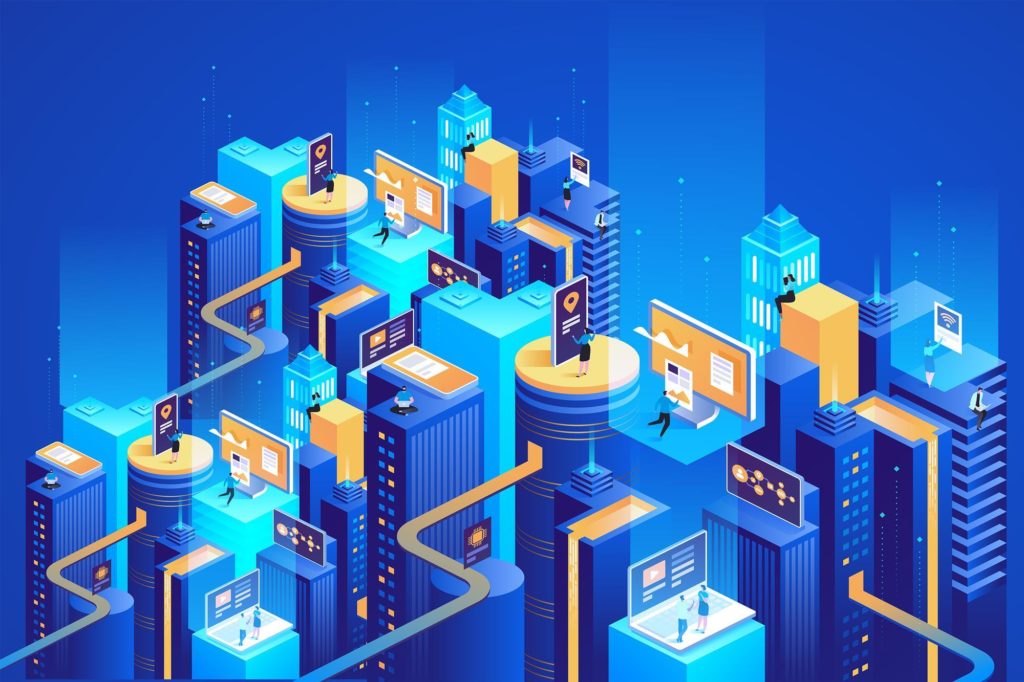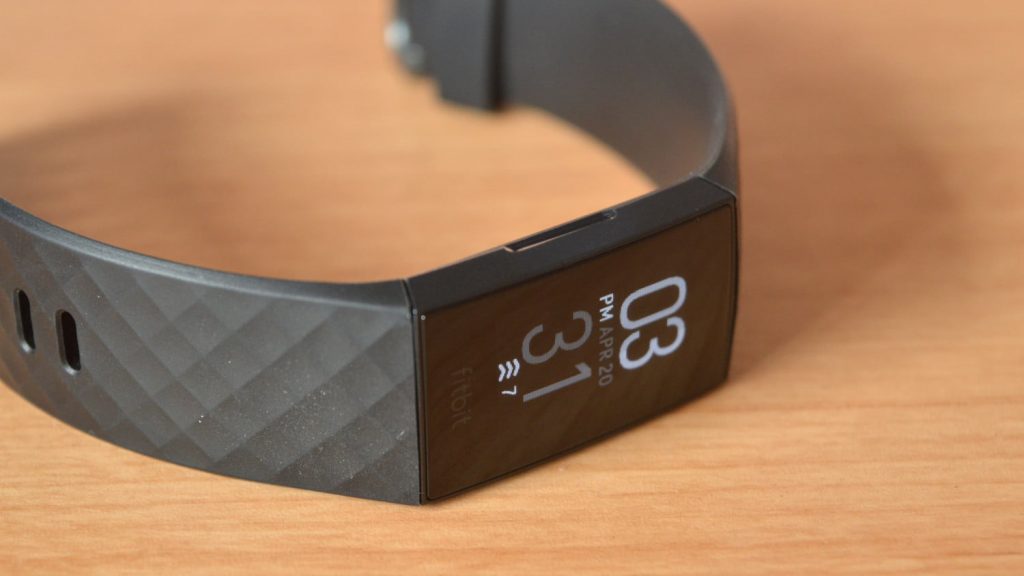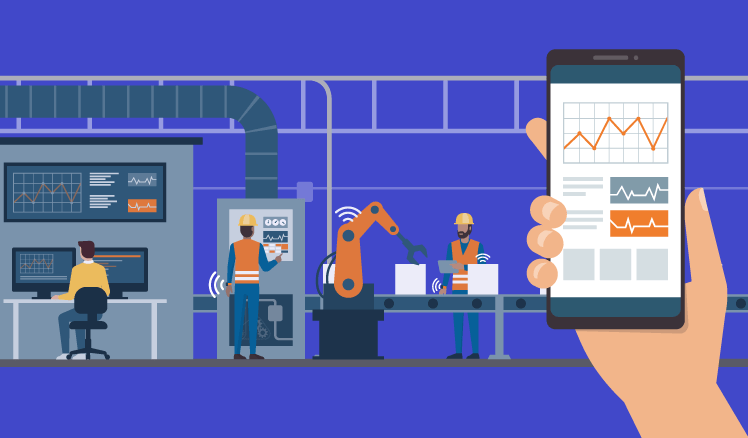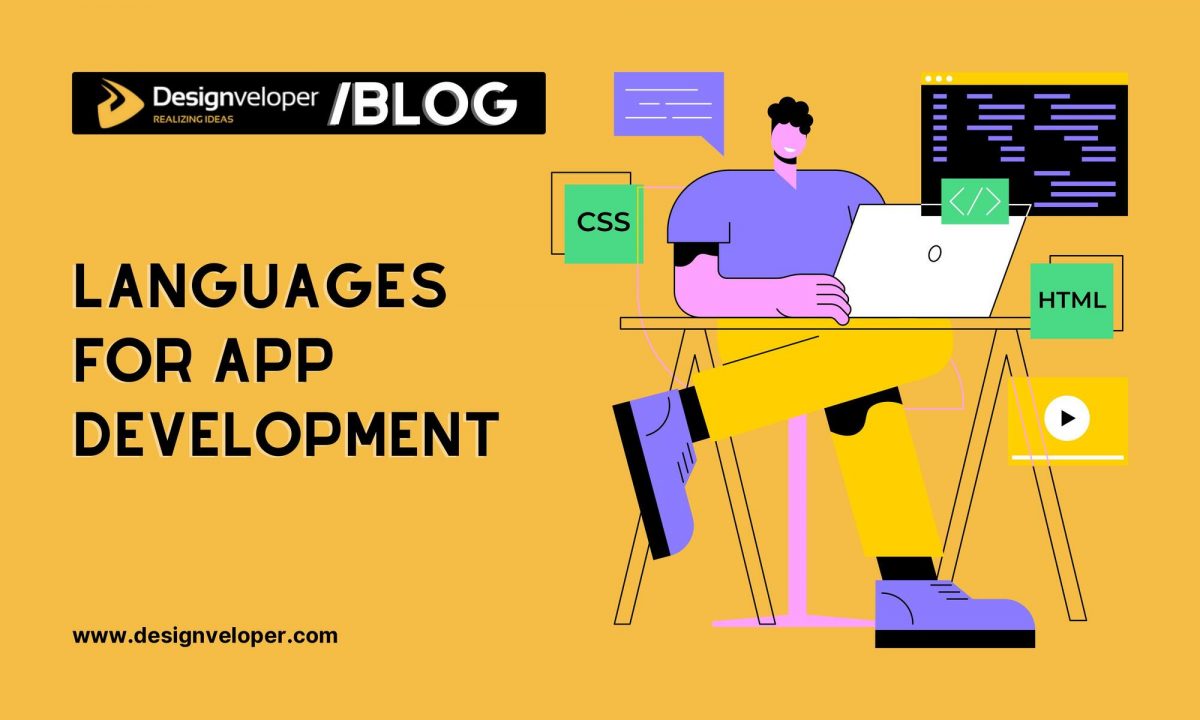Have you ever relished controlling your house via a voice with the support of AI assistants like JARVIS in Iron Man? If the answer is YES, you are no exception. Even Mark Zuckerberg, Facebook CEO, was so interested in the idea that in 2016, he spent around 100 hours turning his house smart by building an assistant who can take control of lights or music, scan the faces of his visitors and talk to Zuckerberg like a human being. This great invention is the Application of the Internet of Things (known as IoT).

This term is not new to many people, especially when the Internet of Things devices have recently gained popularity. Along with other cutting-edge technologies, IoT has been turning your life around. In this article, people from Designveloper will give you fundamental information about its applications in your life.
What Is the Internet of Things (IoT)?
The simplest definition of IoT may be introduced by Steve Ranger, a chief editor at ZDNet and TechRepublic. Accordingly, the Internet of Things refers to “intelligent” physical devices that are well connected to the wireless network, then collect and share data without human interruption. In other words, minuscule sensors embedded in an inanimate object will make it smarter and then be transformed into an IoT gadget by enabling it to use the Internet to communicate with each other or human.

Internet of Things devices appears prevalent around us, regardless of their sizes. For example:
- Autonomous cars from Tesla
- A lighting system controlled by the voice of Zuckerberg
- Connected robots used by Amazon to find products in the warehouse and bring them to workers
- A Misfit smartwatch to track your health conditions
- Or more ambitiously, smart city projects are undertaken in many places like Singapore, New York, and London.

In 2006, the IoT world recorded 2 billion “smart” objects like that and this figure is projected to be around 200 billion by 2020 (Intel, 2015). However, most of those devices are often used in important industries such as business, manufacturing, and healthcare as they provide essential data to manage stocks, machinery, and supply chains, or monitor the health conditions of patients, consequently reducing costs, increasing productivity, and even saving lives. Also, the application of IoT technology in other domains facilitates our lives.
Please bear in mind that not all Internet-connected and sensor-embedded devices are seen as IoT ones. A typical example is PCs. IoT mentions inventions that are controlled by only some basic manipulation of users (e.g. voice or click) and then can automatically work with the wireless network. Meanwhile, PCs and their desktop apps can only operate in case human beings give orders via mouse clicks.
Besides given benefits, IoT has also aroused considerable anxiety over privacy and security as anything online can be hacked. Surely, no one wants their personal information to be stolen, then annoyed by telesales workers or even threatened by wicked people like Jonathan Galindo who initiated the Blue Whale Challenge.
Top 5 Main Categories Applications of the Internet of Things
IoT is exploding in different domains. This section will divide its applications into multiple categories as follows:
1. Consumer applications
Smart home
The 2017 research by IDC indicated that global spending on consumer IoT products will take over the third spot by 2020. More notably, you can see a projected double to $63 billion in smart home-related purchases this year.

Smart home, also known as home automation or domotics, is equipped with Wi-Fi-connected lighting, air-conditioning, heating, and security devices, for example, August Home smart lock, Wiser Energy by Schneider Electric Exchange, or a Google Nest thermostat. By using such applications as Apple’s Homekit, Lenovo’s Smart Home Essentials, or Samsung’s SmartThing Hub, you can control smart household appliances by voice with the support of virtual assistants like Siri. Despite the high threshold investments, you can save energy and time, or even secure your house better with IoT tech in the long run. Also, they can assist the elderly and disabled and guarantee their safety when they move around the house. To illustrate, those with visual impairment or mobility limitations can be alerted by voice control items.
Wearable technology
Wearables are installed with sensors to receive and send data to apps on your phones. Most of which are mainly used for tracking your health conditions, including:
- Smartwatches (e.g. Apple Watch, Skagen Falster, or Fitbit Versa)
- Fitness trackers track your progress by measuring your steps, heart rate, and burned calories. Typical devices are Fitbit Charge, Fitbit Inspire, or Xiaomi Mi Band 4.

- Sports watches with featured products of Garmin such as Forerunner 945 or Fenix 6 which have GPS and biometric training programs suitable for athletes.
- Head-mounted displays with two main categories as virtual reality (VR) headsets (e.g. Oculus Quest or HTC Vive) or augmented reality (AR) glasses (e.g Snap Spectacle)
- Hearables like AirPods or Waverley Labs Pilot.
Even smart clothing like Nadi X yoga pants or Ambiotex smart shirt is now being developed to control your fitness and stress levels.
2. Organizational applications
Medical and healthcare
The IoT value in the medical industry will have accounted for 30.3% (or $2.5 trillion) of the total global worth by 2025 (Intel, 2015). So the term IoMT (Internet of Medical Things) was coined to describe all medical instruments connected to computer systems of healthcare centers. They help monitor remote patients, improve treatment or drug management, and notify existing emergencies by sending one-way messages to residents, typically Reverse 9-1-1 communication technology used in Canada and the USA. The IoT application is also expanded to the management of medical facilities and research in clinical labs.
Transportation
IoT applications in transportation are mainly for freight management, traffic monitoring or car performance tracking. For example, when commodities are shipped, an IoT technology can track their conditions and locations, then send alerts to fleet managers if anything bad happens; or Waze’s IoT-based technology allows drivers to share their routes with others.
V2X (Vehicular communication systems) communication also plays a vital role in connecting a vehicle with other automobiles, infrastructure, and pedestrians to avoid collisions or warn against roadworks ahead.
Building automation
Like smart homes, building automation also uses such IoT devices to improve occupants’ experience inside buildings, typically Enlighted IoT sensors to control social distancing and safety of workers during the Covid-19 crisis, or a Comfy workplace platform to make employees well-informed and productive.
3. Industrial applications
Manufacturing
The key applications of IoT definitely come from the business and manufacturing industries. The IoT products are used to manage real-time analytics of equipment and supply chains or track the performance of robotic machinery. They share the largest portion (40.2%) of IoT value, as predicted by 2025 (Intel, 2015), and help improve the industry productivity to $15 trillion in GDP in the next decade (GE Electric, 2016).

Agriculture
The Main IoT applications in agriculture consist of precision farming, agriculture drones, livestock monitoring, and smart greenhouses. They aim at making farming procedures more precise, watering plants, enhancing crop yields, or identifying the health conditions of cattle.
4. Infrastructure applications
Using IoT devices in infrastructure (e.g. railway tracks, bridges, or wind farms) is a precondition for building smart cities. One of the primary applications in this field is on metropolitan scale deployments. Based on these large-scale projects, for example, Santander (Spain) allows residents to download the city app which helps search parking lots, monitor environments, and more.
Other uses of IoT are energy management and environmental monitoring. Its devices will help manage air or water quality, warn about earthquakes or tsunamis, and optimize energy distribution or consumption.
5. Military applications
The IoT application in the military domain is inspired by the idea that all future battles will be supported by AI or robots for surveillance, reconnaissance, or relevant purposes. The notable projects are the Internet of Battlefield Things designed to improve the fighting abilities of US soldiers and Ocean of Things – a program led by DARPA to automatically collect and track all activity data on waterways.
Applications of the Internet of Things will undoubtedly develop at astonishing speed in the future. One day you can realize the dream of having a virtual assistant like JARVIS or living in a smart city like in “Ghost in the Shell,” a cyberpunk film. However, we first need to tackle issues like securing our identities online.





















